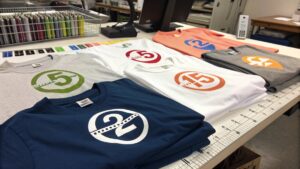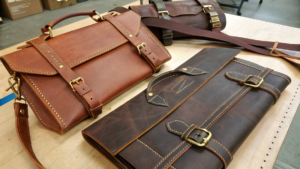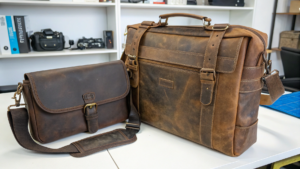Why is a Custom Logo T-Shirt Your Brand's Best Storyteller?
Struggling to make your brand stand out? A simple custom logo T-shirt can be a powerful, walking billboard. It is more than just fabric. It is a statement.
A custom logo T-shirt is your brand's best storyteller because it offers a tangible, wearable representation of your identity, promoting recognition, building team unity, and creating lasting impressions with every wear.

I have seen many marketing trends come and go. But the custom T-shirt always remains. It is simple. It is effective. It connects.
What is the most common type of T-shirt for customization?
Are you wondering which T-shirt type is best for your custom design? Many options exist. But one stands out for its versatility.
The most common type of T-shirt for customization is the 100% cotton crew neck1. Its natural fibers provide a soft feel and excellent print surface, making it ideal for various printing methods and a wide range of uses, from promotional giveaways to everyday wear.
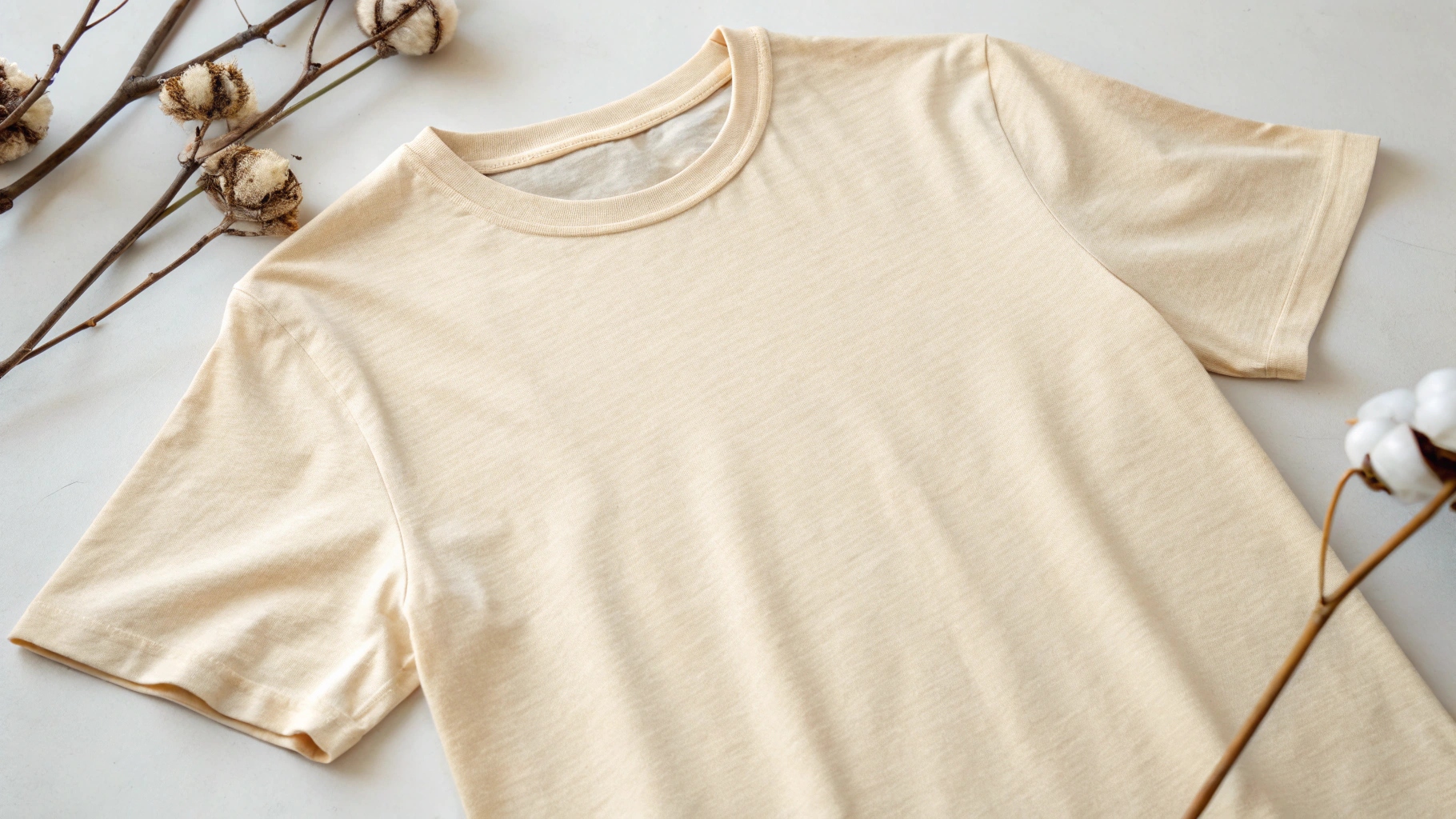
Why is 100% cotton so popular?
100% cotton is very popular for custom T-shirts2. This is because it offers many benefits. First, it is soft and comfortable to wear. People like how it feels on their skin. Second, cotton is breathable. This makes it suitable for many climates. Third, cotton is a great surface for printing. Inks absorb well into the fibers. This creates vibrant and durable designs. It also holds up well to washing. This means your logo stays clear for a long time. I have always found that cotton provides the best balance of comfort, durability, and print quality. It is a reliable choice for any project. This widespread acceptance also makes it a cost-effective option for bulk orders, ensuring consistency across large campaigns. The material also tends to be hypoallergenic, which broadens its appeal to a wider audience, minimizing potential skin irritations and making it a safe choice for prolonged wear.
| Fabric Type | Key Benefits for Customization | Typical Use Cases |
|---|---|---|
| 100% Cotton | Soft, breathable, excellent print surface, versatile. | Everyday wear, promotional, casual uniforms. |
| Cotton Blends | Durability, less shrinkage, softer feel (e.g., poly-cotton). | Activewear, work uniforms, branded merchandise. |
| Polyester | Moisture-wicking, wrinkle-resistant, vibrant sublimation. | Sports teams, outdoor events, performance wear. |
| Tri-Blends | Very soft, drapes well, vintage look (cotton/poly/rayon). | Fashion brands, retail, premium corporate gifts. |
How does T-shirt weight affect customization?
T-shirt weight impacts customization in several ways. Weight is measured in ounces per square yard (oz/yd²). Lighter shirts, around 4-5 oz/yd², are usually more breathable and cost-effective. They are great for promotional giveaways. But they might feel less premium. Heavier shirts, 6 oz/yd² or more, feel more durable and high-quality. These are good for uniforms or premium merchandise. The weight also affects how the fabric drapes. A heavier shirt holds its shape better. A lighter shirt has a softer flow. Your choice depends on your goal. For high-end branding, I lean towards heavier fabrics. For large events, lighter ones often work. This consideration helps align the perceived value of the shirt with your brand's image. The thickness of the fabric can also influence the opacity of the print, with heavier fabrics providing a more consistent base for vibrant colors and intricate details without any bleed-through.
Why are different necklines important?
Different necklines are important because they appeal to different preferences and uses. The crew neck is the most common. It is a classic choice. It works for almost everyone. V-necks offer a more stylish look. They can be more flattering for some body types. Scoop necks are wider and lower. They are often used for women's fashion. Polo shirts have a collar and buttons. They create a more professional or sporty image. Each neckline creates a different feel. It also impacts how your logo is seen. A crew neck provides a large, clear space for a central logo. A V-neck might require a smaller or higher placement. Choosing the right neckline helps ensure your custom T-shirt fits your brand's aesthetic and your target audience's style. This attention to detail can significantly enhance the overall appeal and effectiveness of your custom apparel, as a well-chosen neckline can complement the design and wearer's comfort, making it a more desirable item.
What is the most common T-shirt printing method?
Are you curious about the best way to put your logo on a T-shirt? Many methods exist. But one dominates for its reliability and cost.
The most common T-shirt printing method is screen printing. This technique involves pushing ink through a stenciled mesh screen onto the fabric, allowing for vibrant colors, excellent durability, and cost-effectiveness, especially for large production runs with fewer colors.
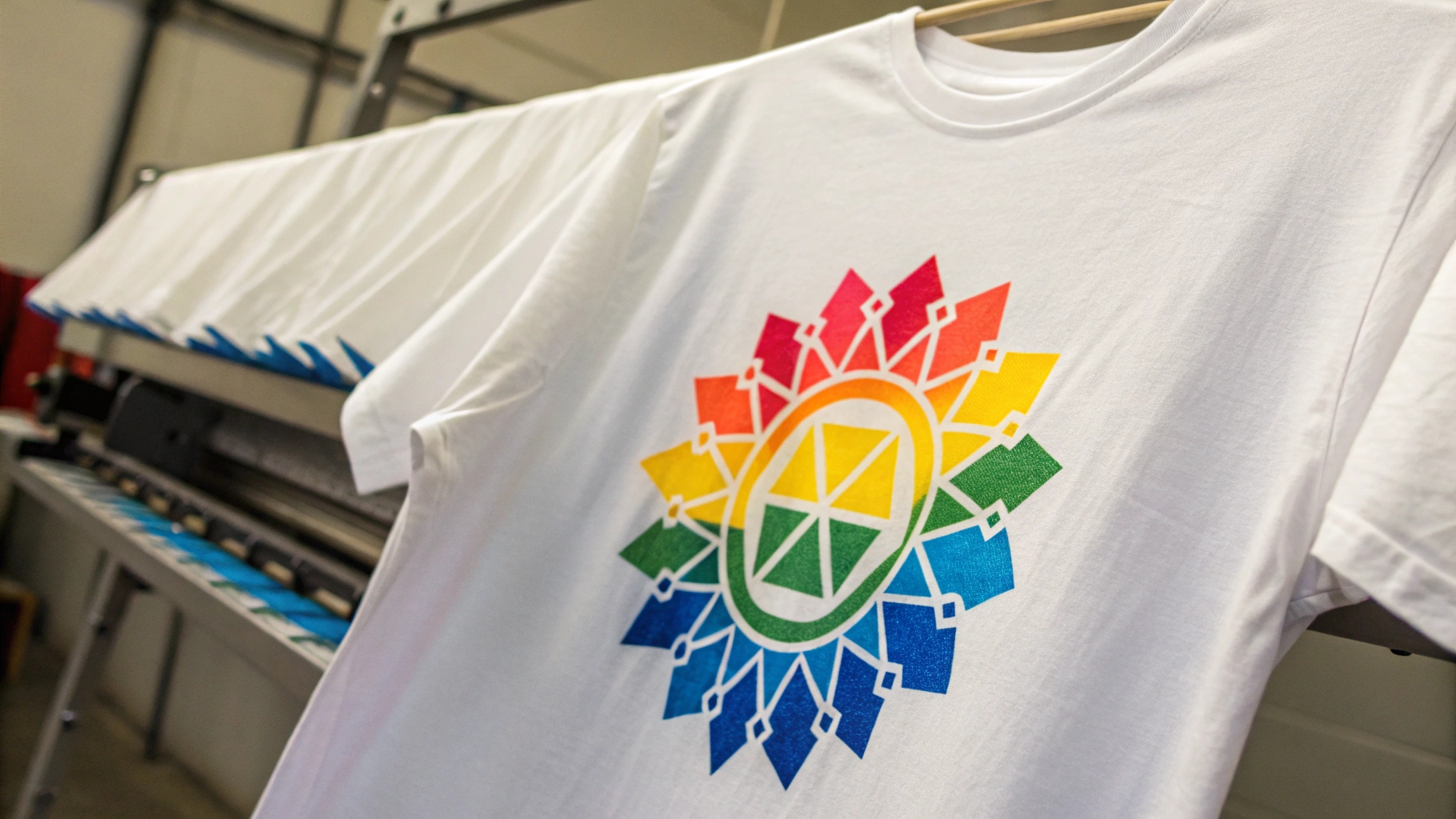
Why is screen printing so popular?
Screen printing is very popular for many reasons. First, it produces vibrant colors. The ink sits on top of the fabric. This makes the colors pop. Second, it is durable. Screen-printed designs can last for many washes. They do not crack or fade easily. Third, it is cost-effective for large orders. Once the screens are set up, printing many shirts is fast and cheap per unit. Fourth, it works well on various fabrics. This includes cotton and blends. I have used screen printing3 for countless projects. It is my go-to for most bulk orders. It delivers a consistent, high-quality result every time. This consistency is crucial for maintaining brand standards across all your merchandise. The process also allows for specific ink types, such as puff ink or discharge ink, which can create unique textures and effects, further enhancing the appeal of the custom T-shirt and differentiating it from competitors.
| Printing Method | Key Characteristics | Best Use Cases |
|---|---|---|
| Screen Printing | Vibrant colors, durable, cost-effective for bulk, good for few colors. | Promotional, uniforms, large events, streetwear. |
| DTG (Direct-to-Garment) | Photo-realistic, great for complex designs, no color limit, good for small runs. | Detailed artwork, custom one-offs, retail fashion. |
| Heat Transfer (Vinyl/Transfers) | Versatile, good for small batches, custom names/numbers, vibrant. | Sports jerseys, personal projects, temporary promotions. |
| Embroidery | Premium feel, durable, textured, good for logos, adds professionalism. | Corporate apparel, uniforms, high-end merchandise. |
| Sublimation | Vibrant, no-feel print, durable, only for polyester, photo-quality. | Sportswear, full-bleed designs, photographic prints. |
How does ink type affect the final look?
Ink type greatly affects the final look and feel of a screen-printed T-shirt. Plastisol inks are most common. They are thick and sit on the fabric's surface. This creates a bold, opaque design. They are very durable. Water-based inks soak into the fabric. This creates a softer feel. The colors are less vibrant but have a vintage look. Discharge inks remove the shirt's dye. Then they replace it with a new color. This also creates a soft feel. Puff ink creates a raised, 3D effect. Choosing the right ink depends on your desired outcome. I consider the fabric, the design, and the overall brand message. The ink choice is part of the story. It impacts the wearer's experience.
What are the limitations of screen printing?
Screen printing has some limitations. First, it is not ideal for complex designs with many colors. Each color needs a separate screen. This increases setup costs. Second, photographic images are difficult to reproduce with screen printing. DTG is better for that. Third, the minimum order quantity is often higher. This is because of the setup time and cost. For one-off shirts, it is not cost-effective. Despite these, for most bulk custom T-shirt needs, screen printing remains a top choice. Understanding these limits helps choose the right method. It ensures you get the best result for your budget and design.
What is the best way to make custom T-shirts?
Are you ready to create your own custom T-shirts but unsure where to start? Many paths lead to a great T-shirt. But the best way combines clear purpose with smart choices.
The best way to make custom T-shirts is to align your design, chosen printing method, and T-shirt material with your marketing objective and target audience, ensuring the final product effectively tells your brand's story and resonates with its wearers.
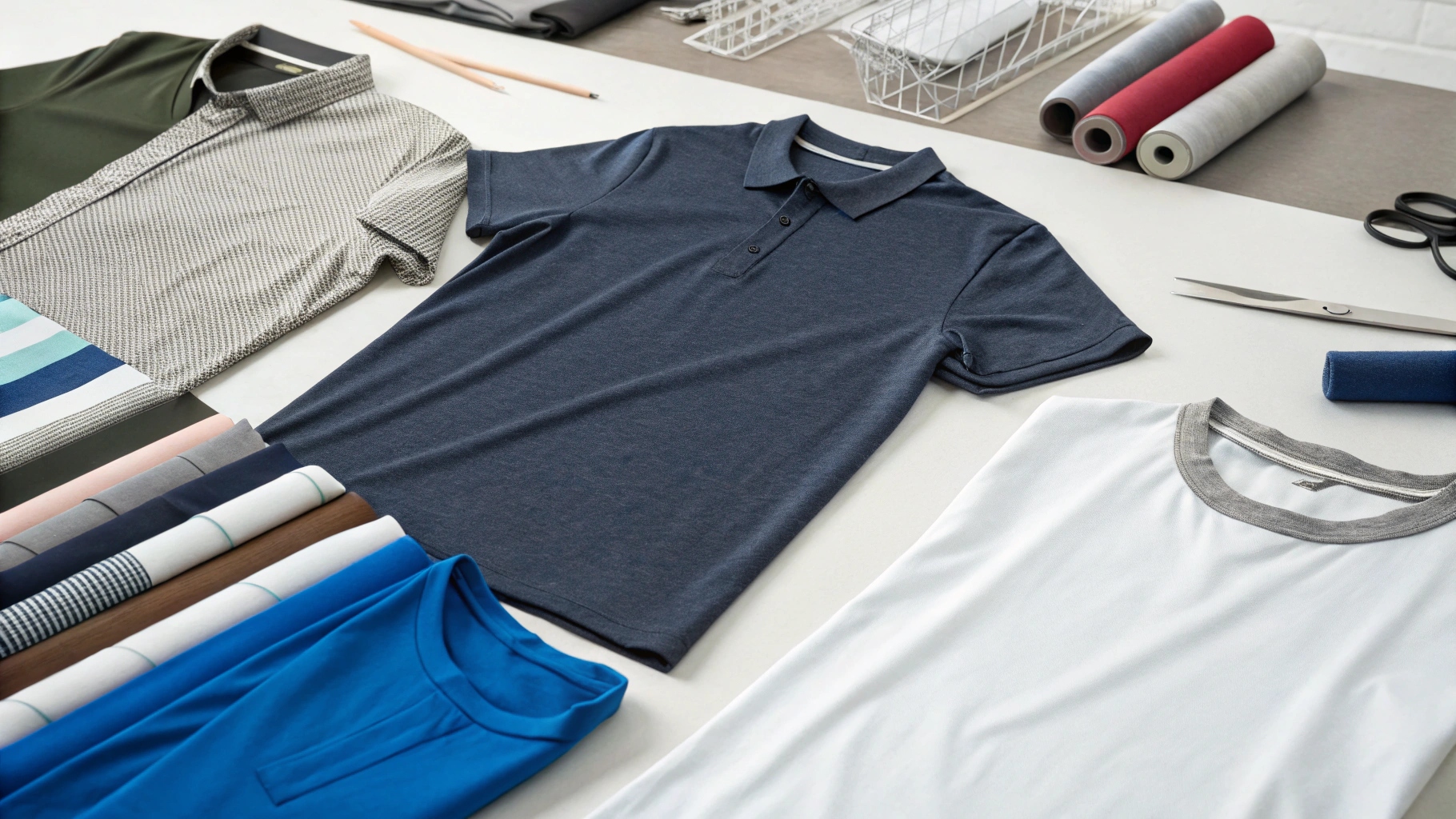
How does purpose guide the choice of method?
Your purpose for making custom T-shirts should guide every decision. Is it for a large promotional giveaway? Then screen printing on a cost-effective cotton shirt might be best. The goal is wide reach. Is it for high-end corporate gifts or team uniforms? Embroidery on a premium polo shirt might be more suitable. The goal is perceived value and professionalism. Is it for artistic, limited-edition merchandise? DTG on a soft tri-blend allows for intricate designs. The goal is unique expression. I always start by asking my clients: "Why do you want these T-shirts?" The answer defines the entire project. It is about aligning materials, method, and meaning. This is how generic T-shirts become powerful brand narratives.
| Purpose of T-shirt | Recommended Method/Material | Rationale |
|---|---|---|
| Mass Promotion | Screen Print / 100% Cotton | Cost-effective, high visibility, broad appeal. |
| Premium Gifting | Embroidery / Tri-blend or Polo | High perceived value, sophisticated, durable. |
| Wearable Art/Retail | DTG / Ring-spun Cotton | Photo-realistic, soft feel, intricate details. |
| Team Uniforms | Screen Print or Embroidery / Performance Blend | Durability, consistent branding, professional look. |
| Event Merchandise | Screen Print or Heat Transfer / Cotton or Blend | Quick turnaround, good for small runs, clear branding. |
Why is audience insight critical for design?
Audience insight is critical for your custom T-shirt design. Who will wear it? What are their preferences? A T-shirt for a youth event will differ greatly from one for a corporate executive. Consider their style, favorite colors, and even what messages resonate with them. For example, a minimalist logo might work well for a high-tech startup's employees. A bold, graphic design might be better for a band's merchandise. The fit of the shirt, the type of fabric, and even the placement of the logo should reflect your audience. I learned that a T-shirt only tells your story effectively if its audience wants to wear it. This attention to who will wear the shirt ensures your investment yields the best return.
Can a T-shirt be a brand's narrative?
Yes, a T-shirt can absolutely be a brand's narrative. It is not just a piece of clothing with a logo. It is a tangible representation of your brand's values, mission, and personality. A T-shirt from a sustainable brand might be made from organic cotton, printed with eco-friendly inks. This tells a story of environmental responsibility. A T-shirt for a sports team conveys unity, strength, and team spirit. The design elements, colors, and even the feel of the fabric contribute to this narrative. I believe the best custom T-shirts are those that evoke an emotion or tell a clear story. They become conversation starters. They turn wearers into brand ambassadors. This is where a T-shirt moves beyond merchandise. It becomes a powerful part of your brand's identity.
Conclusion
Custom logo T-shirts are powerful marketing tools. Choose the right type, printing method, and design. Make your brand's story visible. Make it worn.
-
Explore the advantages of 100% cotton crew neck T-shirts for customization, including comfort, durability, and print quality. ↩
-
Discover the best practices for creating custom T-shirts that align with your brand's story and resonate with your audience. ↩
-
Learn why screen printing is favored for T-shirt customization, focusing on its vibrant colors, durability, and cost-effectiveness. ↩

